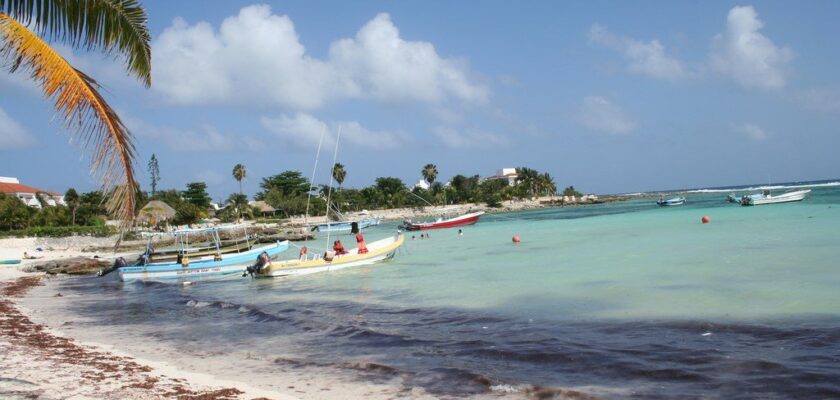Yucatán Peninsula
Yucatán is a peninsula in Central America that separates the waters of the Gulf of Mexico from the Caribbean Sea. The northern part of the peninsula belongs to Mexico, while its southern lands lie within Belize and Guatemala. It is home to about 2.5 million people, one-third of whom are Indians – descendants of the bearers of the great Mayan civilization, which flourished in the Yucatan Peninsula in the IV-X centuries.
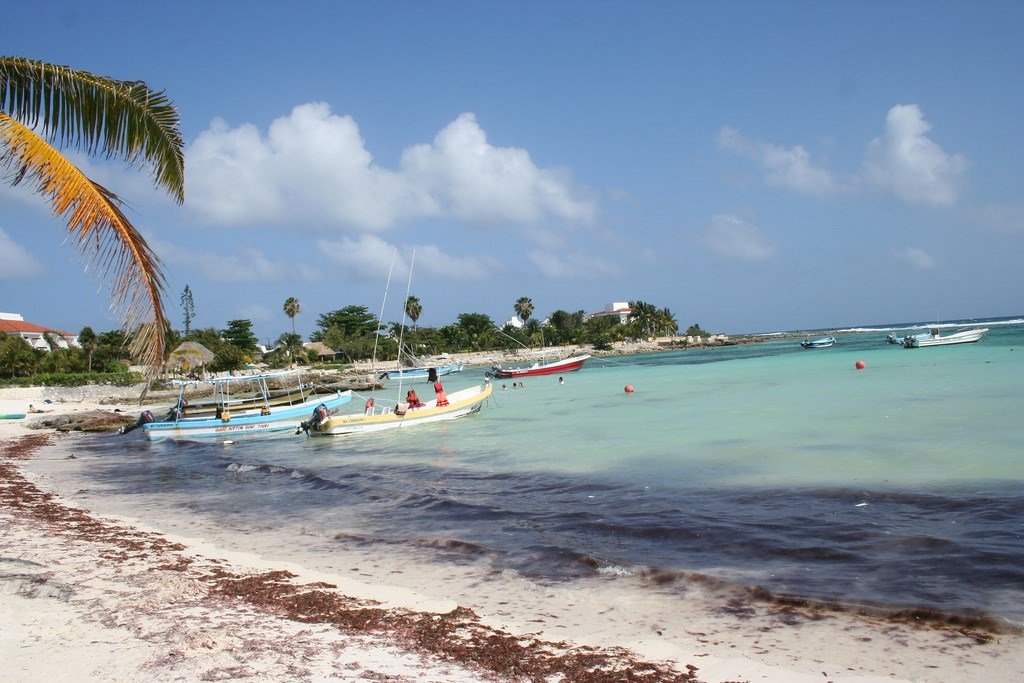
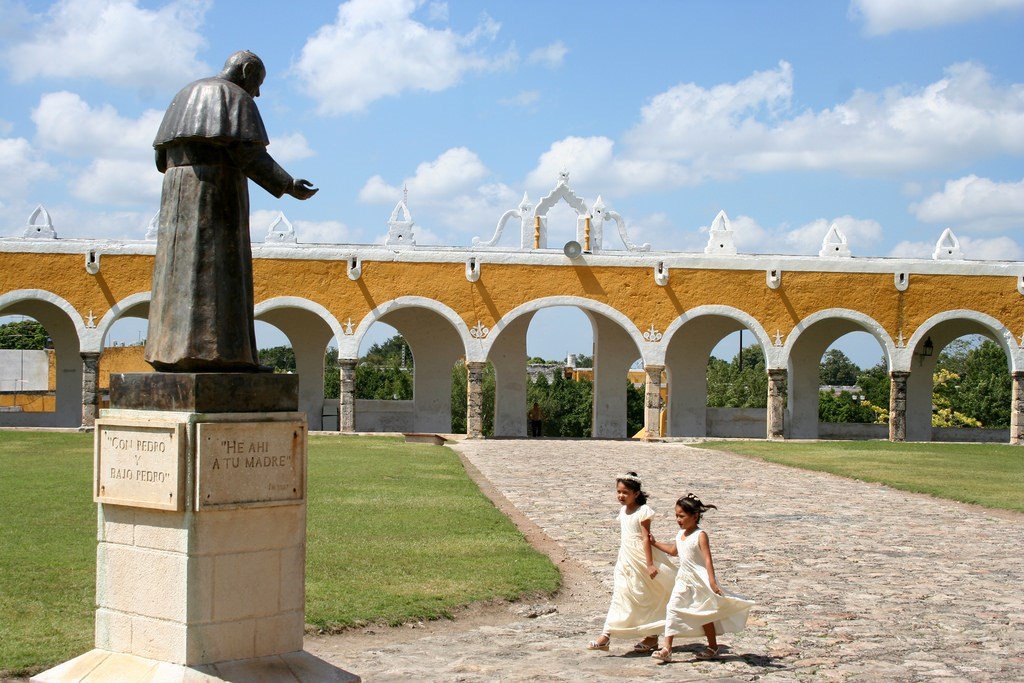
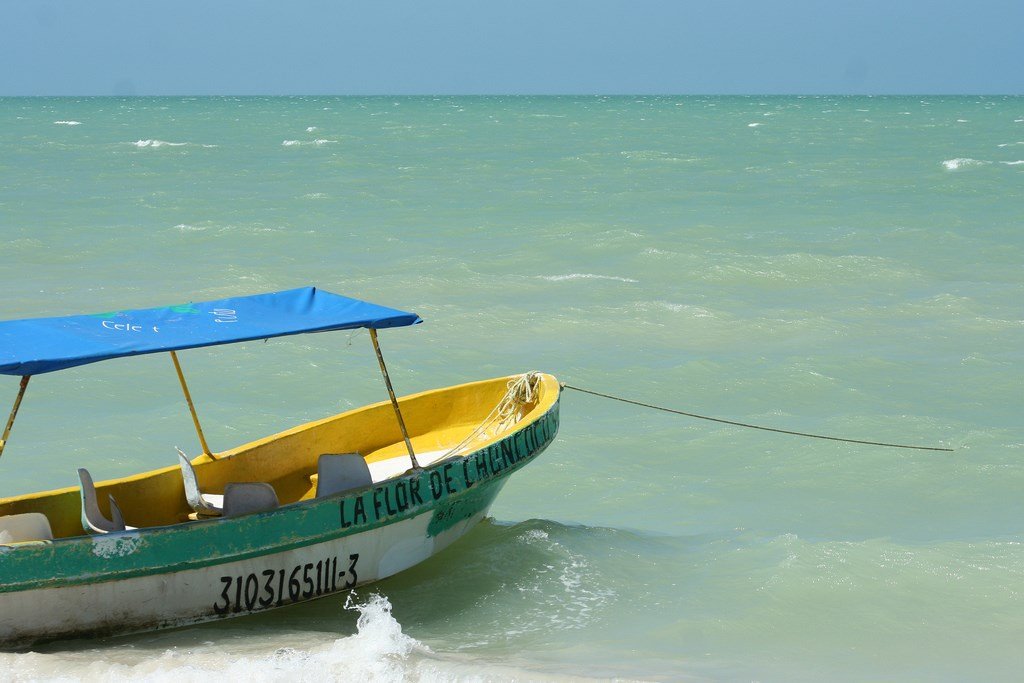
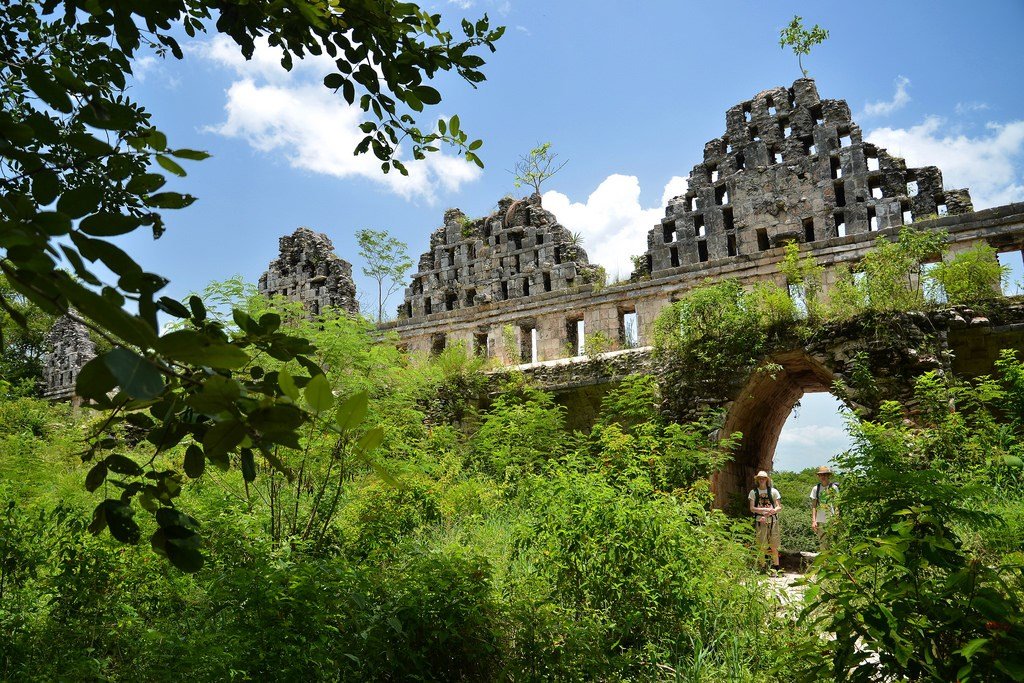
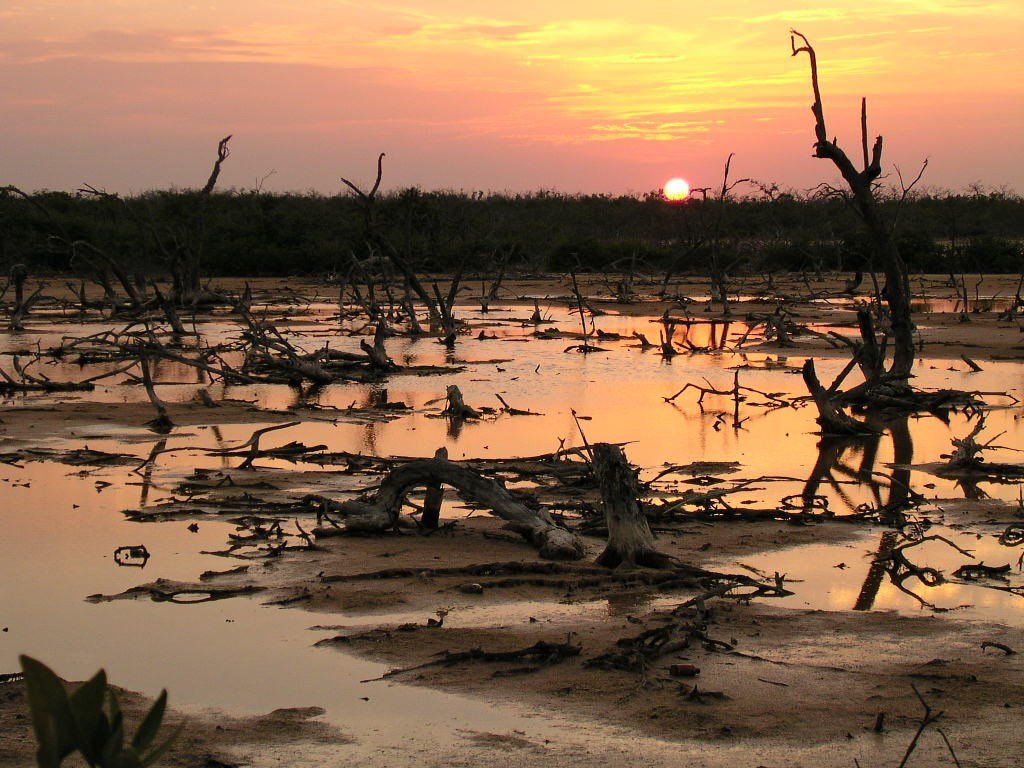
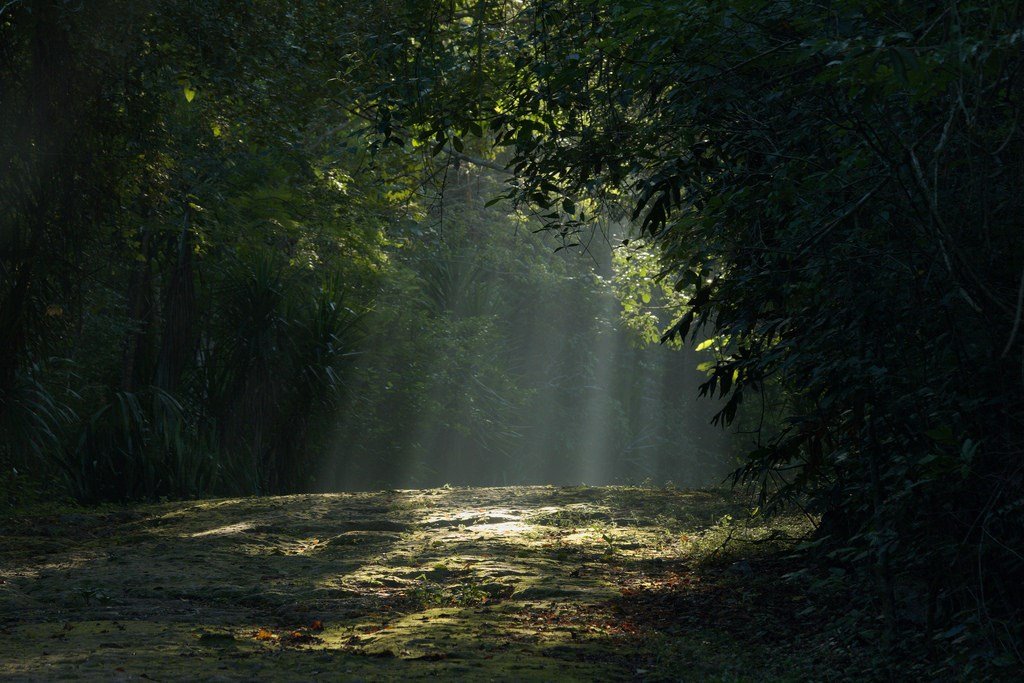
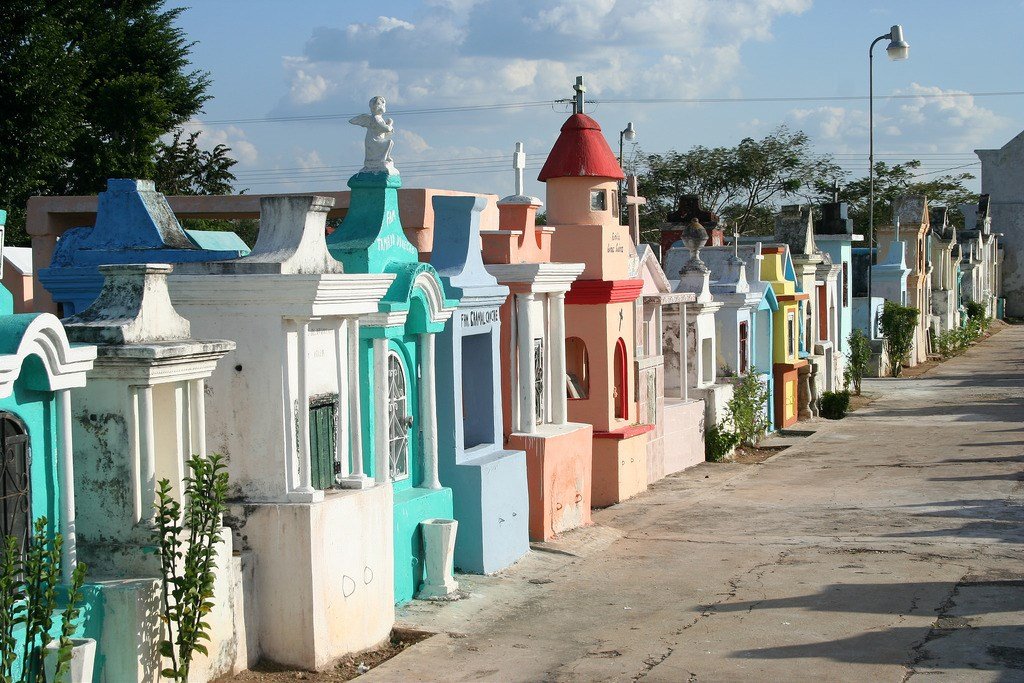
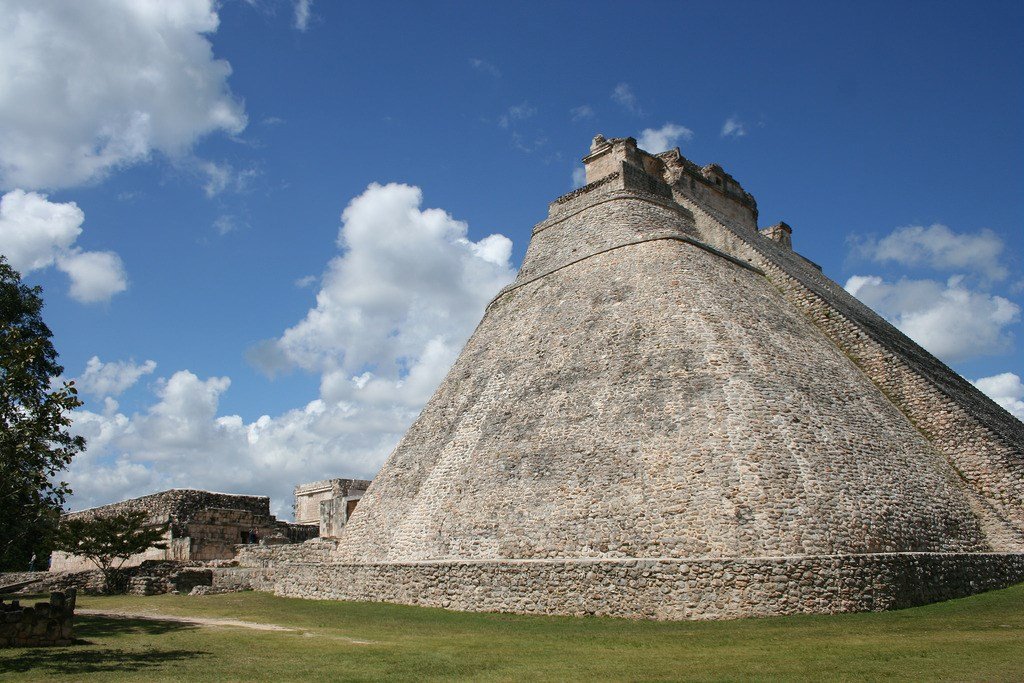
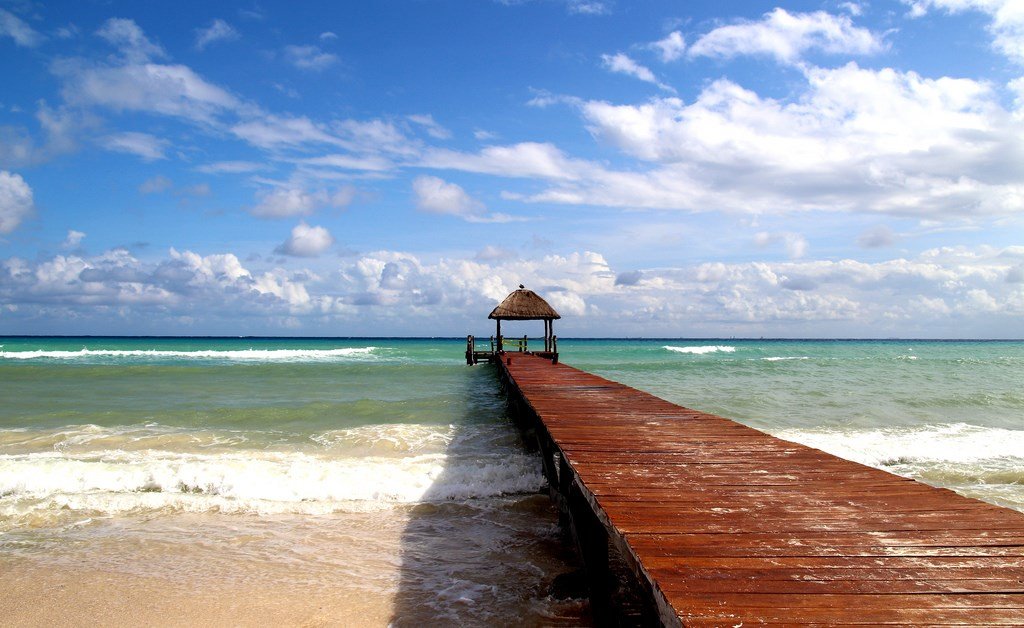
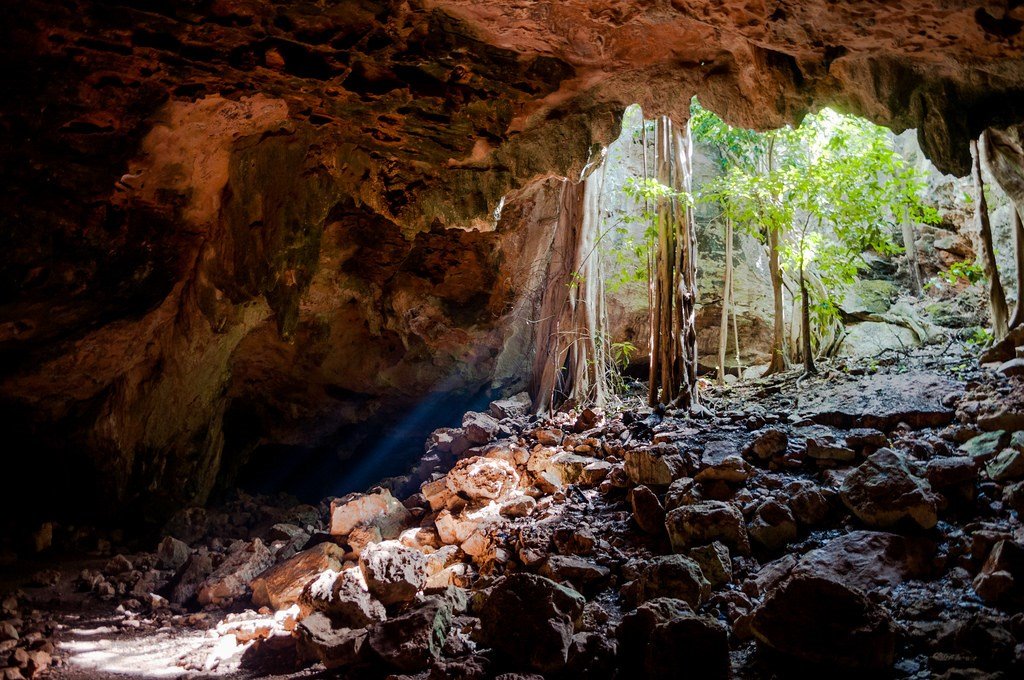
Video: Yucatan Peninsula
Nature of Yucatan
As it happens, the nature of the Yucatan Peninsula developed rather isolated, so the local flora and fauna is different from other parts of Central America. Biologists have counted 8,000 species of flowering plants here. Yucatan is home to 1200 species of butterflies and over 600 species of birds. And this is much more than in the whole of Europe. Many compare the animal world of the peninsula with a zoo. Long-legged pink flamingos live here alongside brightly colored tiny hummingbirds and noisy parrots. And pumas, jaguars and ocelots live next door to crocodiles.
To preserve the unique biodiversity on the Yucatan Peninsula, several natural areas have been created. The Rio Lagartos Park studies feathered populations. It occupies a 60,000-hectare lagoon in northeastern Mexico. The mangroves and coastal thickets are home to pink flamingos, and you can see these graceful birds on a guided tour..
In the east of the Yucatan Peninsula is the Tanca Ecological Park. People come here to see the exotic nature of the Mexican jungle, taste tropical fruits, go canoeing and visit a Mayan village.
One of the popular ecological reserves – Shel-Ha Park – is located 110 km south of Cancun. It is interesting because here the groundwater of the Yucatan Peninsula meets the Caribbean Sea. This creates a unique ecological system that is often referred to as Mexico’s largest natural aquarium.
.Mayan Cities
As paradoxical as it may sound, the ancient Mayan civilization hasn’t disappeared anywhere. About a third of all inhabitants of the Yucatan Peninsula are their direct descendants by blood. Away from the big cities, many Maya continue to live in villages and preserve centuries-old ways and traditions.
.
After excavations, archaeologists have concluded that the ancient inhabitants of Yucatan were very skillful builders. They possessed the technology of creating a tiered roof, were able to build multi-storey buildings without the use of machinery and special mechanisms, and even made suspended ceilings.
.
Most tourists try to visit the cultural center of the ancient civilization – the city of Chichen Itza, which is located 120 km east of Merida. The territory of this archaeological reserve is beautifully restored. It has the status of a World Heritage Site and is protected by UNESCO.
.The city of Chichen Itza was founded in the middle of the 5th century AD. In the 10th century, the Toltecs came here and made Chichen Itza the capital of their state. For some unknown reason at the end of the XII century people left these places, so when the Spaniards appeared on the Yucatan Peninsula, they found only the ruins of the ancient city.
.
The preserved buildings can be divided into two groups. These are buildings erected in VI-VII and in X-XI centuries. Traveling through Chichen Itza, you can see the 9-step pyramid – the temple of Kukulkan, as well as the temples of warriors and jaguars, where the ancient wall paintings have been preserved. In the ancient city there are seven stadiums where the Maya played ball, the Caracol observatory, and the remains of colonnades, statues and reliefs.
.
Chichen Itza is not the only place where tourists interested in Mayan culture come to visit. Many travelers visit the archaeological complex of Tzibilchaltun, created on the site of large-scale excavations. The Temple of the Seven Puppets, built of massive limestone blocks, is considered a local attraction. The building received its unusual name after researchers discovered seven small stuffed animals within its walls in the mid-1950s. When the city flourished, the Maya used its Xlakah spring to draw water and conduct religious rituals..
Tourists also come to the Calakmul Museum of History and Nature, which is located in the dense jungle, in the southern part of the Yucatan Peninsula. It is very interesting to look at the ancient pyramids 40 and 45 meters high, from the top of which there is a great panorama of the old buildings and the forest surrounding the city. In addition to the pyramids, the archaeological complex has several Mayan palaces and a ruined ball field. Dinosaur skeletons found during excavations are also exhibited here.
.Beaches and resorts in the Yucatan
The turquoise water of the Caribbean Sea and white-sand beaches attract as many tourists to the Yucatan Peninsula as the ancient Mayan pyramids. The main beach resort is Cancun. It was built in the 1970s and is now considered the hallmark of tourist Mexico. It is popular with tourists from different countries, thanks to a mild maritime climate, a good level of hotel service, clean sandy beaches and picturesque coral reefs.
.The hotel zone of Cancun from a bird’s eye view looks like a giant number “7”. On this stretch of coast built more than a hundred first-class hotels, and most of them serve tourists on an “all-inclusive” system. A big plus of the resort is that over 80% of its hotels are on the first coastline, right next to the sandy beaches.
.
The resort of Playa del Carmen is a relatively recent development. Unlike Cancun, its beaches are located next to urban development. The southern part of the resort town goes by the names Playacar or Playa. This is the tourist Mecca of the Caribbean coast of the Yucatan Peninsula. Many nightclubs, restaurants, bars, souvenir galleries and boutique hotels with themed decorations have been built in Playa.
.The stretch of coastline that stretches from Tulum to Cancun is called the Mayan Riviera. In addition to excellent places for beach vacations, this area is famous for long coral reefs, stretching along the coast for 1000 km. The coastal waters have a rich flora and fauna and are extremely popular with divers around the world.
.
Some dive enthusiasts travel to the coast of the Yucatan Peninsula with their own equipment, but most prefer to rent the necessary equipment locally. Garrafon Beach on Isla Mujeres, the coral Bank of Chinchorro, and the reefs of Alacranes and Palancar are recognized as the best dive sites.
.
Mérida
The cultural capital of the peninsula is the Mexican city of Mérida, the capital of the state of Yucatán. The city was founded by the Spanish on the ruins of a Mayan settlement in 1542. Curiously, the ancient rectangular layout used by the Mayans has survived to this day. Mérida is often called the “white city”, as most of its buildings are painted white. It is now home to about 800,000 people.
.Tourists come to Mérida to admire the narrow streets along which colonial buildings and temples of the XVI-XVIII centuries have been preserved. The capital of Yucatan is also loved for its colorful festivals and shady parks. On Sundays, the central part of Mérida is closed to motorized traffic. Folkloric groups begin performing in the streets, and a traditional Mayan ceremony is held near the city hall.
.
Many travelers come to Mérida specifically to visit the local museums. The Grand Museum of the Mayan World was opened here recently, and it was immediately loved by Merida residents and visitors to the Mexican city. Four exhibition halls house about a thousand artifacts found during excavations. Here you can see utensils used by the Maya and their jewelry..Those who want to learn more about the past, traditions and rituals of the Maya and Aztecs should check out the National Museum of Anthropology and History. Some of the exhibits in this museum are housed in a beautiful, ornate building, and some are displayed outdoors.
.
A rich collection of objects owned by the ancient Maya is also housed in the Palacio de Canton, an elegant mansion built in Mérida at the beginning of the last century. The halls of this museum exhibit pottery, knives, arrows and carved stones found by archaeologists in the Yucatan Peninsula.
.
There are other museums located in the capital of the Mexican state of Yucatán. The city museum tells about the history and culture of Mexico. Other museums in Mérida include the Yucatán Song Museum, the Cacao Museum, and the Masau Museum, dedicated to the work of contemporary Mexican artists.
.
How to get there
Many tourists who want to explore the Yucatán Peninsula come to the administrative center of the Mexican state of Yucatán, the city of Mérida. The local airport “Manuel Cressencio Rejon” is located in the southwest of the city. It receives flights from some European cities, as well as from Miami, Houston, Mexico City and Las Vegas. From Moscow to Mérida you can take a connecting flight to Amsterdam, Paris or Frankfurt am Main. In addition, Mérida is connected by bus to Mexico City and Cancun.
.To get to the Yucatan Peninsula, you can also fly to the most popular local resort, Cancun. Cancun International Airport is 16 km away from the city center. Planes from some cities in Europe and countries in North, South and Central America fly to the Mexican resort.
.
